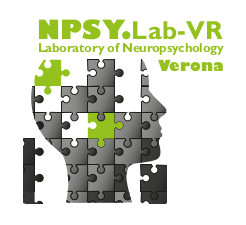Abstract
We investigated how perceptual and semantic relationships between the left and right half of chimeric stimuli influence overt and covert visual processing by asking eight right brain damaged (RBD) patients with hemispatial neglect to identify complete, half-, and chimeric drawings. Chimeric stimuli belonged in one of four categories defined according to the perceptual and semantic relatedness between the two compounding hemi-figures. Thus, the hemi-figures could be related both perceptually and semantically, only perceptually, only semantically, or neither perceptually nor semantically. Although patients often appeared to base their report on the right part of the chimerics, the number of errors was minimal when conflicts between the two hemi-figures were maximal. Moreover, perceptual conflicts, which mainly affect the perception of the shape, appeared to influence the performance more than semantic conflicts. Since the analysis of shape incongruency is probably accomplished at early levels of information processing, the result suggests that preattentive analysis is largely spared in the experimental patients and that, in our task, bottom-up factors more than top-down factors modulate the expression of left neglect.
